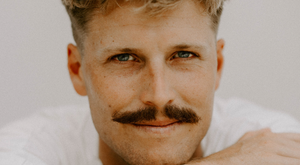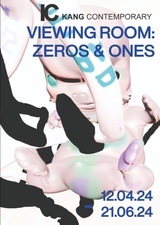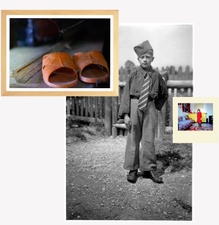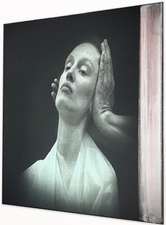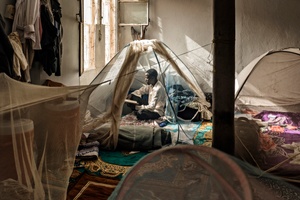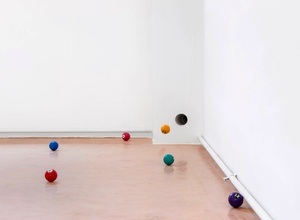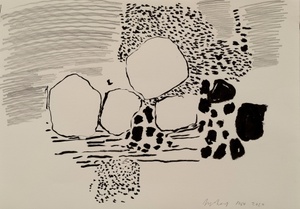Konzert: Augustin Maurs 'SYNCOPATIONS'
In the organizer's words:
In English language
Location: 4th floor
Registration via reservation@kw-berlin.de
A 40-minute cycle of the concert is repeated and begins at 8pm, 8:40pm and 9:20pm.
"Syncope, an absence of the self. A 'cerebral eclipse', so similar to death that it is also called 'apparent death'."
Catherine Clément, Syncope: The Philosophy of Rapture
The term syncope comes from the Latin syncopare "to drop the middle voice", but also "to faint", from the Greek synkoptein "to collide". Among musicians, syncopation is known as a missing main beat that causes a shift in rhythmic emphasis. 1, 2, 1, 2, 1, 2 becomes ...2,... 2,....2, ... The syncopation thus has the unique property of generating a new rhythm by omission.
The interplay of the concert evening, which alternates between voice-n, loudspeakers, percussion and other "ghost instruments", explores syncope as a rhythmic pattern and as a music-historical leitmotif, but also as a human condition and as a political allegory. A repeating cycle of different "musical time zones" questions how the term has been used, perceived and assigned to certain musical characteristics, many of which are of non-Western origin.
The evening traces the echoes of various syncopated motifs; breaks in speech, isolated sounds or removed middles lead to historical, geographical and semantic gaps. The words "no", "now" and "own" mix strangely, the history of hand clapping meets the history of applause and a voice breaks out into an impossible song. These often generative and shared musical processes are also the basis for an introspective investigation. What has happened to us? Syncopation appears as a way of outlining what has been taken away, grasping it at both ends and finally overcoming it by performing it. It points to the ecstatic, physical awareness of music-making as a way to silence the world - acting as both an expression of loss and a potential cure.
Augustin Maurs ' musical "interplays" combine performance, interpretation and compositional strategies. They focus on the act of music-making itself and often question Western musical archetypes or conventions. As processes that have begun but are rarely finished, the compositions take different forms, adapt to different contexts and explore the relationships between sound, history(ies) and body(ies).
Diego Andrés Moscoso was born in Chile and studied anthropology, sociology and contemporary drawing in Belgium. Parallel to his studies, he researched and studied percussion from the Middle East. He plays with his band Phoenician Drive, among others, and is involved in numerous projects between music and contemporary dance.
Constantin Engelmann is an artist and works in changing collaborations in the fields of stage, performance, experimental sound design and kinetic sculpture. In his work he deals with the distortion of sensory perception in time and the immediate experience of sound phenomena. He holds a diploma and master's degree in generative art from the UdK Berlin. Together with Till Bovermann, he founded plonk.studio, in which experimental sound applications are developed around contact sound.
This content has been machine translated.

